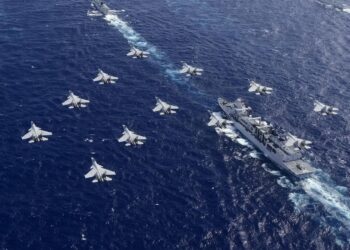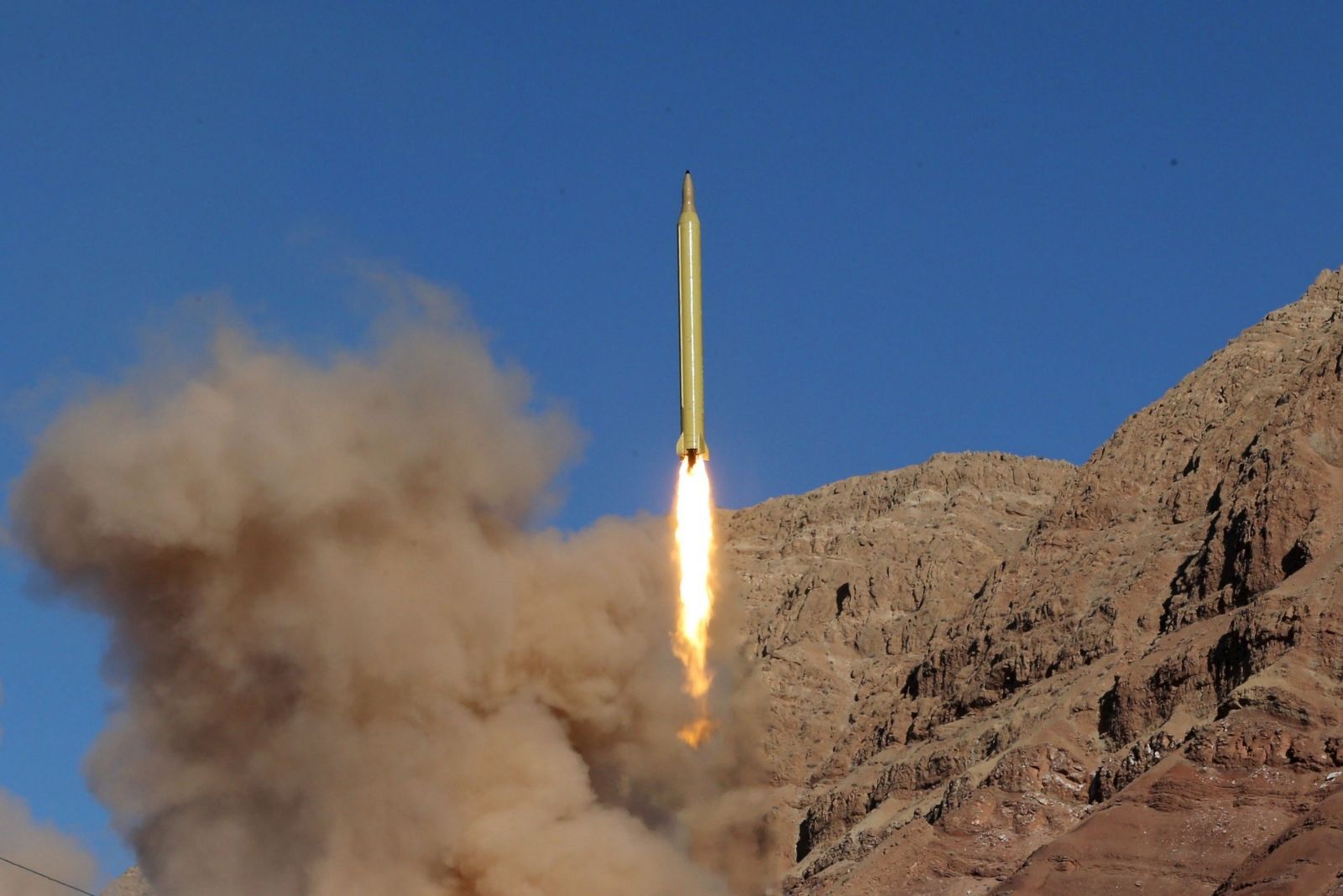Swedish Defence,
In practice, the requirements set by the Government for the Swedish Armed Forces imply a change of course compared with most recent defence resolution.
“What we have done is to sketch out a new armed forces structure on an entirely different financial level”, says Supreme Commander Håkan Syrén who has submitted the Armed Forces’ supplementary budget proposals to the Government.
To deliver the desired operational effect at a time when so much is changing demands too much of the Armed Forces.
“I shall therefore be putting it to the Government that, over the years immediately ahead, we can neither with any certainty deliver the effect which is called for, nor achieve a balance between our operational activities and the financial resources available”, says the Supreme Commander.
The change of course essentially entails altered and new requirements for recruiting, organisation, unit manning, financing and redistribution between budgetary allocations. The new requirements, including recruiting on a voluntary basis, will mean that concepts such as mobilisation and unit turnover will disappear.
The Government also requires more ambitious international participation. With reduced funding, this means that the Armed Forces would need to lower their sights regarding their ability to meet large-scale military operations which threaten Sweden.
The proposals now submitted to the Government on behalf of the Swedish Armed Forces contain major uncertainties. This applies primarily to the feasibility of carrying out an all-embracing assessment of defence activities. Reasons for this include the fact that the view now taken by the Swedish authorities of the likely development of the security situation in our part of the world differs from that expressed previously in the Defence Commission’s report “Security in Cooperation.”
Differences in views of the likely course of global development in turn affect the formation of military strategy, the organisation of a rapid reaction capability and the basic organisational structure in ways depending on the funding allocated to defence.
The proposals have been produced in an extremely short space of time, which means that the financial calculations are provisional and are not quality assured.
The proposals include suggested changes in areas including command arrangements, logistics, the Armed Forces' need for support from other authorities, further organisational development for a rapid reaction capability and a more effective method of force production.
This leads to a basic organisation in which a number of activity centres can be closed down, including the activities in Arvidsjaur and the training groups in Kiruna, Östersund, Gävle, Strängnäs, Eksjö, Skredsvik, Halmstad, Karlskrona and Berga.
Further attention will be given to the question of which other activity centres need to be retained.









